Exemption from plastic: where to get eco-friendly reusable bags for products?
Eco-bags for fruits replaced plastic bags not so long ago - some five or six years ago. Perhaps this is due to their low popularity, because in order for shoppers to develop the habit of shopping with their containers, it takes time. But reusable bags for products made of at least synthetic but relatively environmentally friendly materials are in great demand. Besides the fact that their use helps to reduce the amount of plastic waste, it is also a real money saving.
However, such bags and bags can not be bought everywhere. If in large cities their deficit is not observed, then on the periphery they did not even hear about the benefits of civilization. There is only one thing left - to make a beautiful, environmentally friendly and at the same time inexpensive packaging for meat, vegetables, fruits and nuts with your own hands.
How to sew fabric bags?
First of all, you need to choose a fabric that meets several parameters:
- Weight - since the goods will have to be weighed in the store along with the bag, it is important that the material is as weightless as possible. Cotton and linen are too heavy and not suitable for this purpose.
- Strength - it will be very unpleasant if, at the most inopportune moment, the fabric bursts under the weight of the contents.
- Minimum deformation under tension - the bag should not sag when 2-3 kg of products are inside.
- Easy to maintain - since vegetables and fruits are not always perfectly clean, fabric containers will often have to be washed and dried, and if this process takes a lot of time, this will create inconvenience.
All the above requirements are met by a polyamide mesh. It is, of course, synthetic, but so "indestructible" that products from it will last for many years. During this period, several thousand plastic bags would have to be used, polluting the environment. By the way, the Goroh bags brand makes its bags from this material. Fatin is also suitable (it weighs from 15 to 40 g in terms of m2) and all similar fabrics.
To stitch not only an environmentally friendly, but also a functional product, you also need a cord (it is better to take a synthetic one - it is frayed more slowly) and a special latch with a button that will prevent the products from getting enough sleep.
Step-by-step instruction
Starting to sew, you need to prepare the fabric, the cord with the clamp, as well as the necessary tools:
- pins
- needle with thread (if there is no sewing machine);
- tailor's meter or long ruler;
- scissors.
No matter what fabric is used, the process of sewing bags for fruits and vegetables will be the same:
- First cut out a rectangular canvas of the desired size. There are two nuances: firstly, it is necessary to place its outlines on the fabric so that the material stretches across the width of the bag and in no case along the length. And secondly, it should be cut in a single piece, then the bottom will be formed by a fold of fabric, and not a seam. This will make the pouch stronger.
- Then cut the side cuts, leaving 2–2.5 cm of tissue on top. There are two good ways for this - a zigzag seam (it is very elastic and has great tensile strength) or an overlock. If necessary, overlock stitch can be simulated manually.
- That part of the fabric that has remained uncrosslinked is folded into the already formed pouch and sewn so that waders form.
- The cord is threaded into the drawstring and a latch is installed. After that, the product is ready for use.
If you have at least minimal skills to sew eco bags for fruits, it will not be difficult.
Paper bags for freezing and storing food
If vacuum bags with a valve designed for food are reusable and even eco-friendly, that is, they decompose relatively quickly, falling into a landfill, then it is not so simple with packages for freezing and storing food. There are silicone ones - they are reusable, but quite expensive. Therefore, most often people use ordinary plastic bags, tons of which are daily sent to a landfill and take away from our planet the chance to preserve the ecosystem.
But instead of packages, you can wrap products in wax paper. It does not stick to dough and meat; it retains moisture during short-term storage (up to 3 months).
The main rule is to choose paper coated with soy wax, rather than ordinary, which is saturated with paraffin.
When freezing, it is best to wrap food in a double layer of paper. To store loose products, you can make kraft bags by simply fixing the edges of the sheets with a stapler or connecting them using starch paste.
Making do-it-yourself eco-friendly packaging in which you can either bring food from the store or store it at home is not difficult, and its cost will not create a noticeable burden on the family budget. And this is a great reason to start protecting nature.
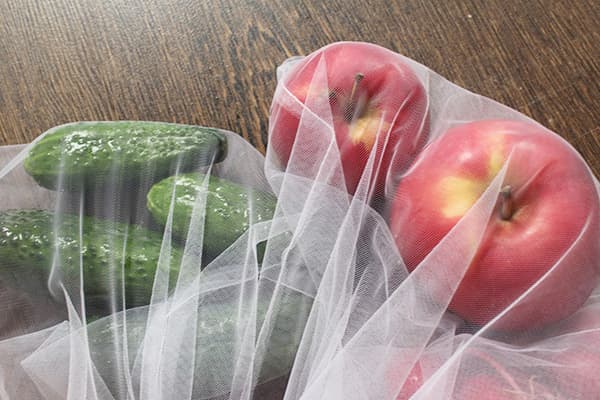
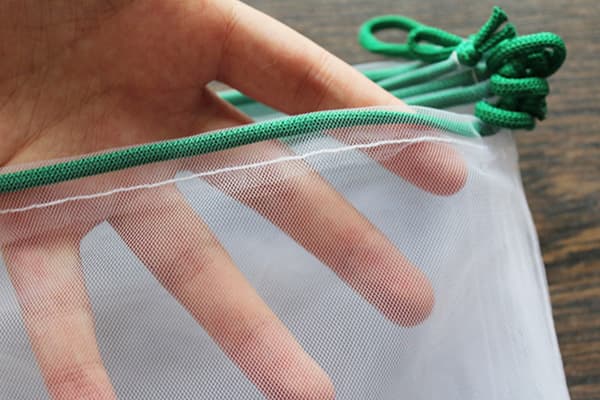
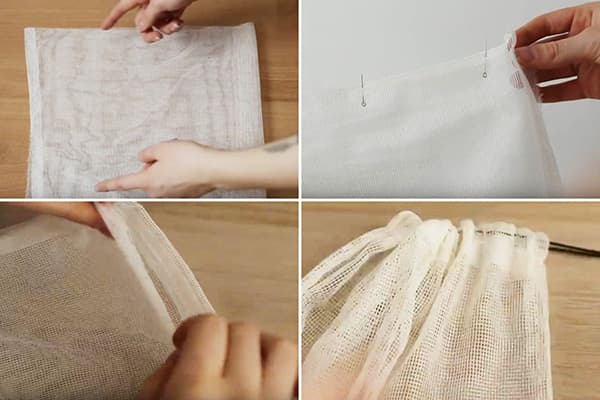
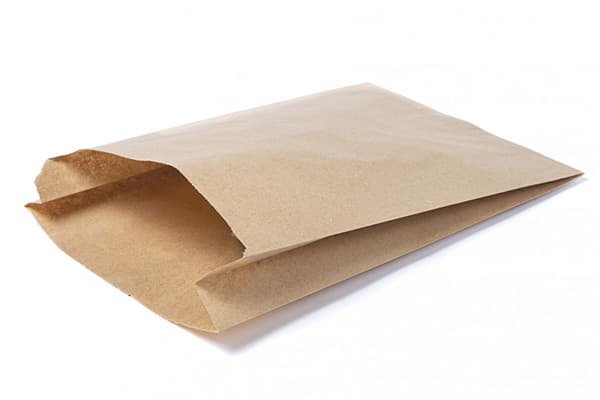
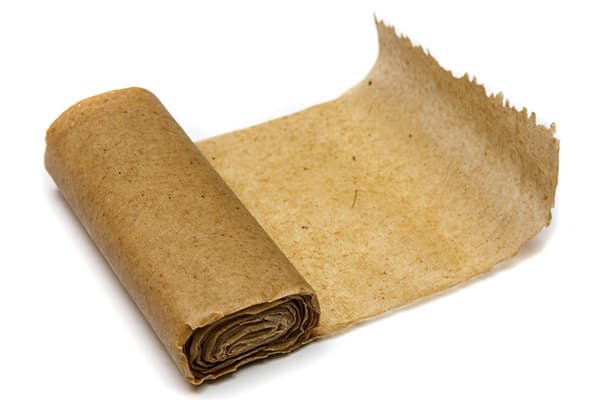
What a nice, positive girl! Inspired! I'm running to sew!
Cellophane is a material of natural origin. Question to the author of the article - how can cellulose pollute nature?